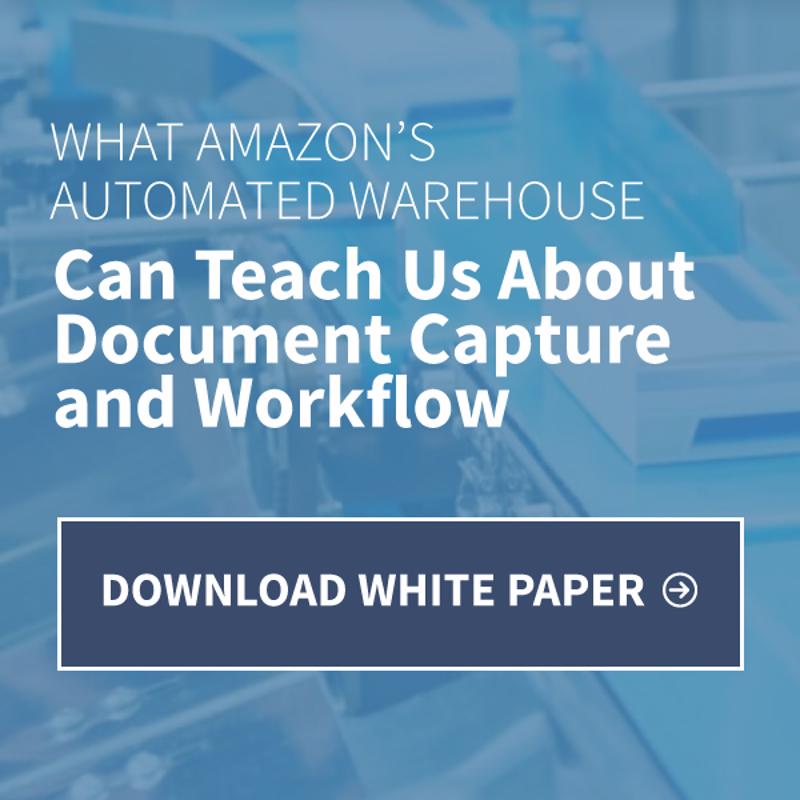
Schools should consider document management when moving to paperless
There are plenty of reasons for schools to make the switch to paperless classrooms these days, from cutting costs to getting students more engaged in one-to-one education options. However, when single schools or entire systems make this change, many decision-makers may not always understand the opportunity that presents itself to digitize all their existing files.
Many schools start out the transition to a paperless process for students and teachers slowly, first incorporating the new technology into a small number of classrooms as a sort of pilot program, then broadening it out if it's found to be successful, according to the Enid News and Eagle. Such a change is currently underway at in Enid Oklahoma, where Pioneer High School is ramping up the process of making low-cost computers available to as many students as possible.
Getting it right
If successful at the high school level, the school district's plan is to roll paperless operations out to other schools as well, the report said. The local elementary school is undergoing an extensive renovation that will significantly modernize its facilities, at a time when many districts are tightening their belts over shrinking budgets.
"It's an exciting time because the whole paradigm of education is kind of changing right now," Pioneer High Principal Tom Betchan told the newspaper. "We're seeing a shift. … And now it's kids teaching other kids and kids being active in learning, and so there's a lot of exciting things."
A big opportunity
When making such changes, experts note, schools may also want to consider the benefits of going paperless behind the scenes as well, according to TeacherVision. A switch to a comprehensive document management platform can not only conduct backfile scanning efforts but also set up ongoing platforms that allow for greater ease of use for everyone, from superintendents and principals to teachers and parents.
This kind of broad-based effort will typically pay off in a number of ways, not simply limited to improving costs, but also ensuring greater efficiency and potentially better educational outcomes. That, in turn, provides a significant benefit to schools going forward in ways that might not currently be possible with paper-based processes.

